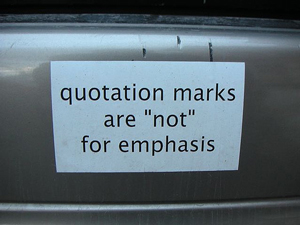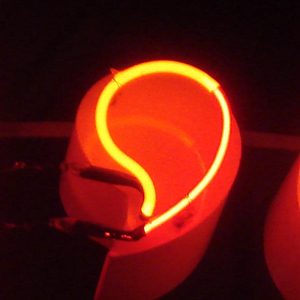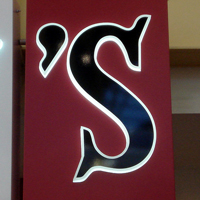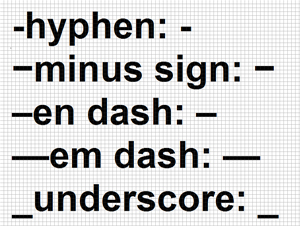
Source: Do As I Say, Not As I Do, Peter Patau, Flickr
You have probably been taught that quotation marks belong around the exact words of a speaker, but did you know they have other uses as well? How many times have you debated where to put an apostrophe in a contraction or a possessive noun? These are some of the questions covered in this section.
Memorizing each and every rule governing punctuation is nearly impossible, but with a basic knowledge, you can go a long way. (Again, you may want to review the “Punctuation” lesson in this module.) We will begin with some less commonly used, but necessary, rules governing quotation marks.
- Use quotation marks to signal irony or sarcasm.
Example: She is such a “comedian.” Her childish jokes fell flat when she delivered them to that sophisticated audience.
- Use a set of single quotation marks to indicate a quotation within a quotation. Also within a quotation, use a set of single quotation marks to indicate a title you would normally place in double quotation marks.
Example: Beau said, “My favorite line from history is ‘Let them eat cake’ stated by Marie Antoinette.” (Yes, Marie Antoinette might have been a little sarcastic, too!)
Example: Mary asked, “When was the song ‘L Thrift Shop’ released?”
Try to figure out where to place quotation marks in the sentences below. Click each place where you believe quotation marks should go. If you are correct, the quotation marks will appear.


Source: Apostrophe, Tom Magliery, Flickr
Let’s take a look at some rules governing apostrophes next. Some people seem to think that every word that ends in “s”
needs an apostrophe in it, but that is not true. Here are some of the more basic rules governing the use of apostrophes.
- Use an apostrophe to indicate where letters are omitted in a contraction.
Example: don’t (contraction for “do not”)
Example: I’ll (contraction for “I will” or “I shall”)
- Use an apostrophe before the letter “s” to indicate possession of a singular noun.
Example: Brian’s jacket
Example: my dog’s paw
- Use an apostrophe before the letter “s” to indicate possession of a plural noun that does not end in “s.”
Example: men’s clothing
Example: children’s stories
- Use an apostrophe after the letter “s” to indicate possession of a plural noun ending in “s.”
Example: two kittens’ tails
Example: many books’ covers
Remember, too, that if a proper noun ends in “s,” you add an additional “s” after the apostrophe to indicate possession.Example: James’s new bike
Example: Illinois’s state building

Source: ’s, Tom Magliery, Flickr
Are you ready to try placing apostrophes in sentences? In the examples that follow, click where you think an apostrophe should go. If you are correct, it will appear.


Source: Dashes, Apteva, Wikimedia
The last set of rules about punctuation marks in this section is found below. These rules show when to use an em dash. If you are unsure how to create an em dash on a keyboard, just use two hyphens (--).
- Use an em dash to set off an abrupt change in thought.
Example: Ms. Groves—at least I think that’s her name—is my guidance counselor.
- Use em dashes to set off parenthetical information.
Example: Three rules in our family—be honest, be kind, and be forgiving—are practiced continually.
Those are the rules. They’re fairly simple. Now try your hand at putting em dashes into the following sentences. Click where you think there should be an em dash, and if you are correct, the em dash will appear. (Note: Some of these sentences need more than one em dash.)

Did you find all the em dashes? Just remember that em dashes always signal a pause.
Now that you have reviewed some basic rules for using commas, quotation marks, apostrophes, and em dashes, you should be able to punctuate sentences correctly. You can practice in the next section.